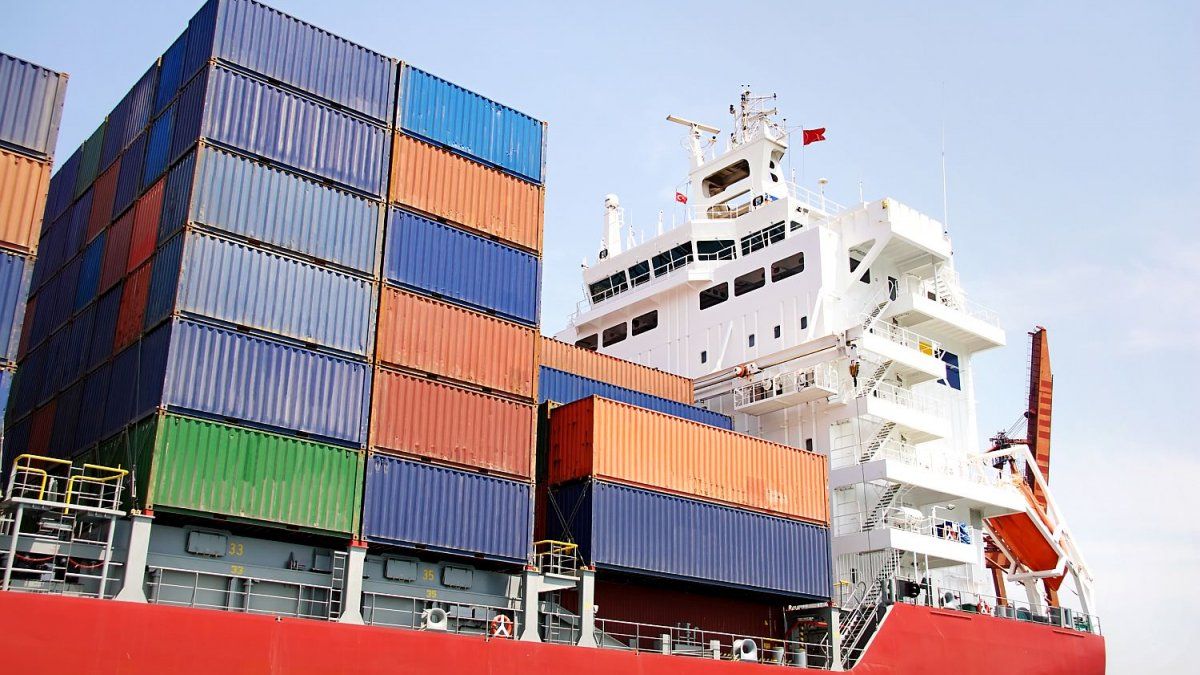In this way, the prices came to pierce $190 and the gaps to be below 70%. However, those numbers seemed to be taken as a floor and the trend reversed sharply in recent days.
“In theory, periods of strong carry gains are followed by periods of significant corrections. The risk of the carry is that the dollar rises,” Ecolatina analyst Juan Pablo Albornoz said in a dialogue with Ámbito.
The economist argued that the appetite for Argentine assets was motivated precisely by short-term operations and not by expectations of growth in local assets, for which he related the “carry” with “the game of chairs.” “As long as you continue to have your chair, you can create fictitious dollars by earning a fee in pesos. As long as you take profit before the currency jump, it works. The correction in free dollars that we saw recently is just that: profit taking,” he said.
Julio Calcagnino, market analyst at TSA Bursátil, told this outlet that prices close to $190 implicitly reflected a real exchange rate close to the 2002 average and that the market seems to be looking for levels similar to those of the exit from convertibility. “A priori, it seems like an excessive exchange rate that usually reflects panic or high uncertainty,” he said.
Parallel dollar bounces appear to be supported by several issues. In the first place, the most obvious fact is that the inflationary acceleration generates a lag in the rest of the variables in nominal terms. In the second instance, some doubts are beginning to arise regarding the Government’s ability to meet the fiscal deficit target agreed upon with the IMF. This week the Executive Branch launched bonuses for informal workers, private households, monotributistas and retirees, to mitigate the effects of rising prices on the income of these vulnerable sectors, whose financing the market considers uncertain.
At the same time, it was recently known that the primary fiscal deficit target for the first quarter had been met. But some analysts warned that the overcompliance would not have occurred without an accounting “gimmick” that reflects the entire difference between what is raised by debt issues in pesos and their nominal value.
Third, the BCRA was expected to take advantage of the opportunity to accumulate reserves during April, due to the soybean and corn harvest season. At the moment, the monetary authority collected a meager US$174 million net.
“We had recommended entering the carry trade at the beginning of March, but already at the beginning of April and after a reduction in the gap from 87% to 70%, a growing fragility began to be seen, due to the latent threat of increases in withholdings to field. This week, this fragility continued to grow due to concerns generated by the inability to accumulate reserves on the part of the BCRA, even when there are record settlements in agriculture,” said Javier Casabal, fixed income strategist at Adcap.
“Therefore, this week we recommend closing the trade. Although the narrowing of the gap could have continued for the time of year, as it did in 2021, due to this enormous fragility, we should not be surprised if the exchange rate gap returns to levels of 90%”, he estimated.
Albornoz also expressed concern about “the dismal performance of the BCRA in the MULC in a month of seasonally very high settlements.”
Source: Ambito
David William is a talented author who has made a name for himself in the world of writing. He is a professional author who writes on a wide range of topics, from general interest to opinion news. David is currently working as a writer at 24 hours worlds where he brings his unique perspective and in-depth research to his articles, making them both informative and engaging.




